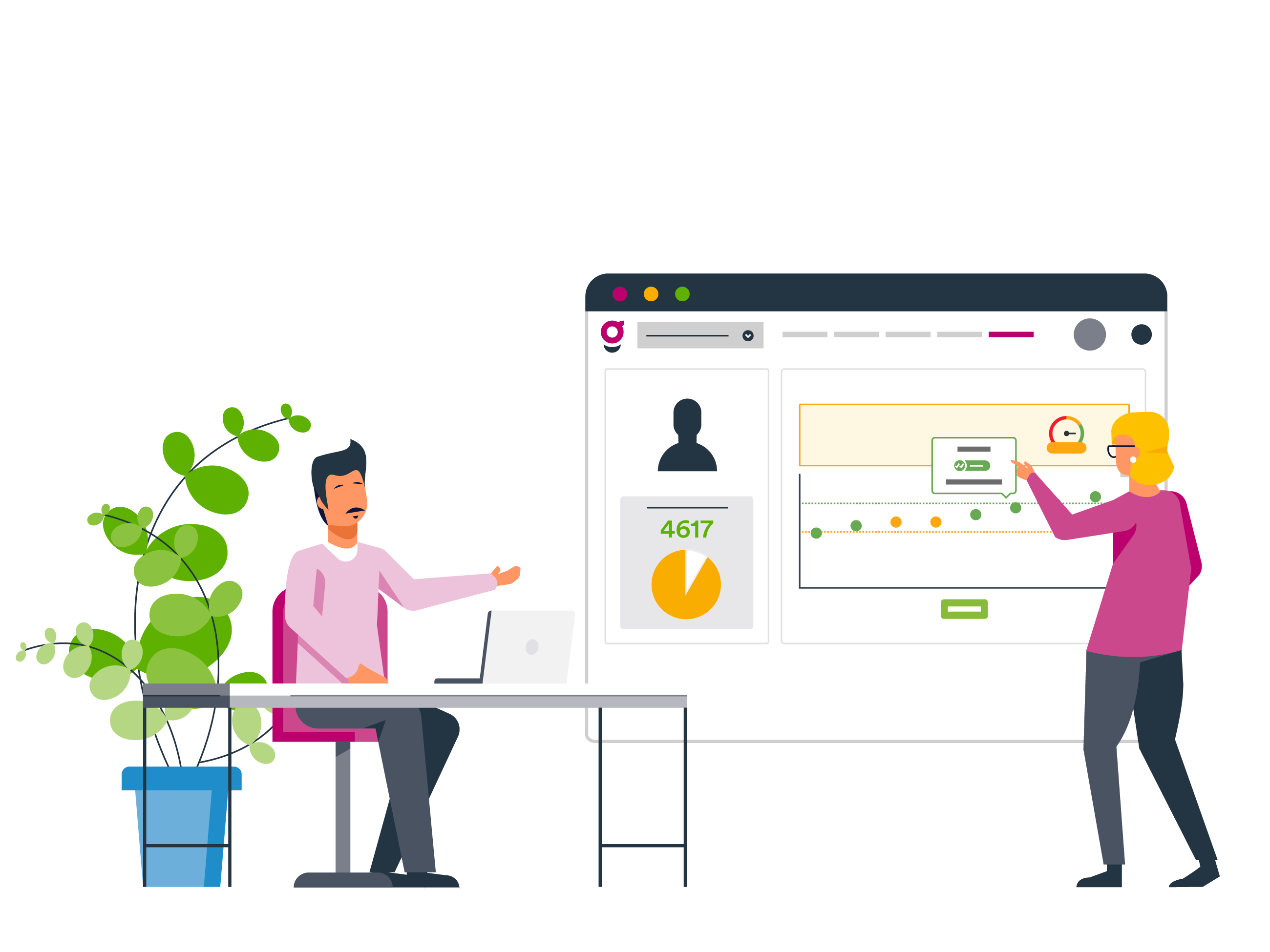If I were to ask someone a question like: ‘Are you a supportive person?’ do you think that a simple yes or no answer would be sufficient to tell you about them?
Self-assessments are a useful tool for gaining a more nuanced understanding of a learner, their needs and their strengths. This information allows you to create a unique learning experience for the participants, address the individual needs of the learners, and can even be used to create personalised digital learning plans.
Self-assessments can take several forms, but the most common is a rating scale (such as a Likert scale) which gives the learner several options, ranging from one extreme to another. For instance, you could give the learner a statement like: ‘You are good at supporting people through change’, with the options of strongly agreeing, strongly disagreeing, or something in between. See how much more you get from that than simply asking a yes or no question?
But there is a lot more to writing truly effective self-assessments than just offering a range of responses.
1. Use description in the questions
The questions in a self-assessment should be specific if you want the learner’s responses to be meaningful.
If you have a Likert scale with the statement: ‘I set goals’, you will likely get similar responses from every person. Who doesn’t set goals in some way, shape or form? The answer to that question doesn't tell you much about the learner.
This is where using descriptive words can be useful. A descriptive word can make your question more specific – it aims to measure a particular dimension (such as interpersonal skills, organisational skills, management skills, etc.) of the person answering the question. You’ll be able to tell a lot more about the learner from their answer to a specific question rather than a broad one.
Consider an alternative to our first question about goals: ‘I set clear goals.’
Now you are not just measuring the learner’s goal-setting capacity (which probably won’t vary much between different people), but their ability to consciously set clear goals. That’s a lot harder to achieve than simply setting a goal.
To further demonstrate the impact descriptive words can have, consider: ‘I set obtainable goals.’
That measures a whole different skill to the previous one! As you can see, your self-assessments can be made far more effective by using descriptive words to make them more specific.
2. Measure multiple dimensions
We've established that making your questions more specific can help you to measure a particular skill or dimension of your learners. If you want your self-assessment to be especially useful, you should ensure that you measure a few dimensions, not just one or two.
Remember, the purpose of a self-assessment is to capture information about the learner for a specific purpose, whether it be for your understanding of the learners or for their own self-reflection.
It might help to follow this sort of process:
-
Outline the purpose of the self-assessment
-
Specify the different dimensions you could measure that would give you the information to achieve this purpose
-
Ensure you include questions that measure each of those dimensions
You can also group the questions into categories based on areas of capability or around a particular learning objective. You can then generate an overall score for that group of questions to gain an understanding of that person's skill in that area. This makes the results more meaningful, and you can use them to personalise the learning journey.
3. Feedback for multiple dimensions
In the same way that addressing multiple dimensions can make your self-assessment more effective, giving feedback or results for each of those dimensions can do the same.
Some self-assessments give the learner a single score once they’ve completed the questions. This gives them a broad summary of the feedback based on a compilation of their answers, but it lessens the impact of targeting different dimensions.
By providing individual results for each of the dimensions being measured, you give the learner feedback which is far more personalised and more useful to them in practice. They will know which capabilities or learning objectives they need to work on and which they are already proficient in.
In that way, giving feedback for each skill or dimension being measured can make your self-assessment vastly more effective, personalising their learning journey and providing help where they specifically need it.
Self-Assessment Pitfalls
Doing the things mentioned above can go a long way to making a better self-assessment. However, there are still some things you might be doing that can hinder its effectiveness, things that you can easily avoid if you know what to look for.
Here are some pitfalls to avoid when creating a self-assessment:
-
Neutral responses
-
Questions with double negatives
-
Switching rating direction between questions (as in, making 10 strong agreement and 1 strong disagreement in one question, and then reversing them in another)
-
Too many questions
The pitfalls above can make your self-assessment less effective by reducing how much information it can gather and making it overly complicated. Simplicity and consistency are essential for ensuring that you get the most out of a self-assessment.

.png)

